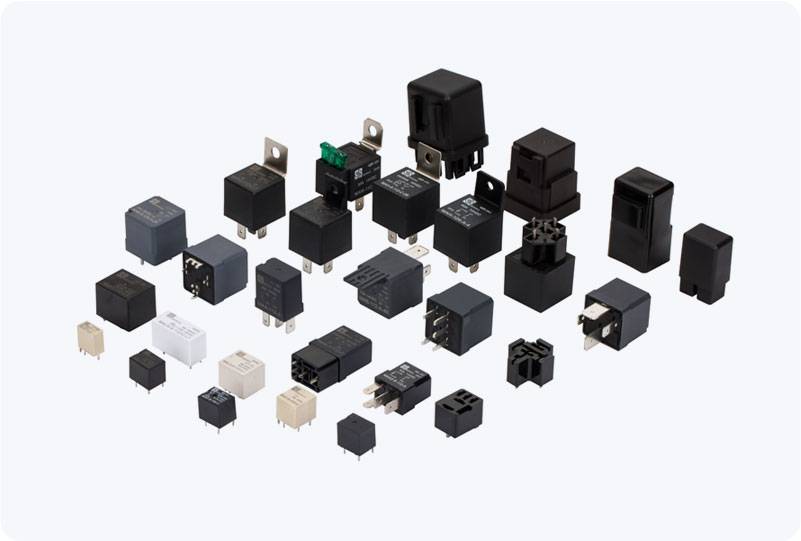Automotive relays are crucial components in modern vehicle electrical systems, playing a vital role in controlling circuits and ensuring the proper functioning of various electrical components such as lights, fuel pumps, and air conditioning systems. These small yet powerful devices act as switches, enabling a low-power signal to control high-power devices, thereby improving the safety and efficiency of automotive systems. However, automotive relays are frequently exposed to extreme temperatures, whether it’s the scorching heat of summer or the freezing cold of winter. This article explores the challenges automotive relays face in extreme temperatures and the solutions developed to ensure their reliability and performance.

Challenges of Automotive Relays in Extreme Temperature Conditions Heat Stress and Overheating: Extreme heat is one of the most significant challenges faced by automotive relays. During summer, temperatures inside the engine compartment can soar well beyond 100°C (212°F), which puts substantial strain on the relay. Prolonged exposure to high temperatures can cause the internal components of the relay to degrade. The plastic casing may warp, and the contacts inside the relay could suffer from corrosion or oxidation, leading to electrical failure. Heat-induced failure often manifests as relay malfunction or complete failure, which can result in critical systems in the vehicle failing to operate correctly.
Leave a Reply